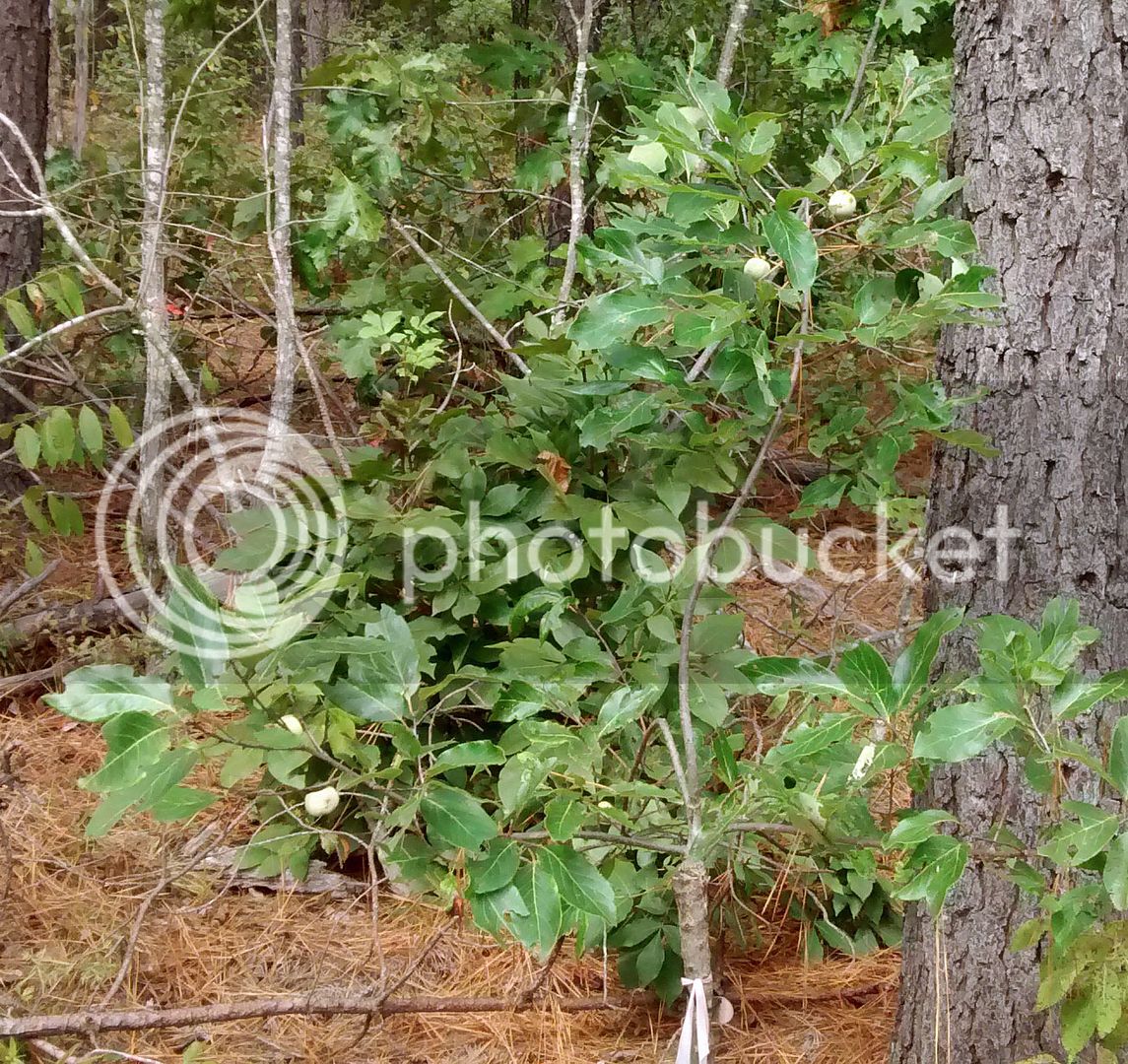I don't get any significant browsing of persimmons and they are not a favored rub tree in my area. I'm not saying deer won't ever mess with them anywhere but I don't protect mine. I do have to protect chestnuts but not persimmons. I have had rabbits kill small seedlings, so that may or may not be an issue for you. I probably would not protect inexpensive common persimmon seedlings. Pointer, persimmons are insect pollinated. If you are in the native range of persimmons, you won't likely need to worry about pollination. Keep in mind (if you didn't know) that persimmons are dioecious. Only female trees bear fruit. So, if you are buying seedlings from DNR only a certain percentage will be female. If you are not in the range of native persimmon, you will need at least one male tree. The rest of the male trees you get you can convert by grafting. My native common persimmon take 8-10 years on average to produce fruit and some even longer. If you are willing to wait, persimmons can be a great wildlife tree for soft mast. Unless you buy grafted trees (or graft them yourself) you won't know if persimmons are male or female until they are old enough to flower. Males tend to have clusters of small flowers originating from the same point on the stem. Female trees have larger flowers with only a single flower originating from a point on the stem. On a rare occasion you will find persimmon trees that don't quite know which bathroom to use. Interestingly enough, they are called "perfect" trees. They have both male and female branches.
My project with persimmons is to feed deer across a wide time span. Many named varieties were selected for early production. I'll be using those to cover earlier periods. My native persimmons typically fall in October and November. By trading scions with folks from across the country, I'll end up with trees that don't drop until December through February. Keep in mind that in my case, fruit comes much faster. Because I have many native persimmons growing on my farm, I cut down trees in the 1-5 inch diameter class and graft female scions to them with know characteristic. So, typically I see fruit starting in 3 or 4 years verses 8-10 years. One advantage of planting persimmons is that you can position the trees where you want them.
One more note. Persimmons have a long tap root. So unless you are direct seeding them or starting them from seed in root pruning containers, they don't transplant real well. That is not to say that none of the DNR trees will take. It is simply that you will have losses.
Thanks,
Jack











